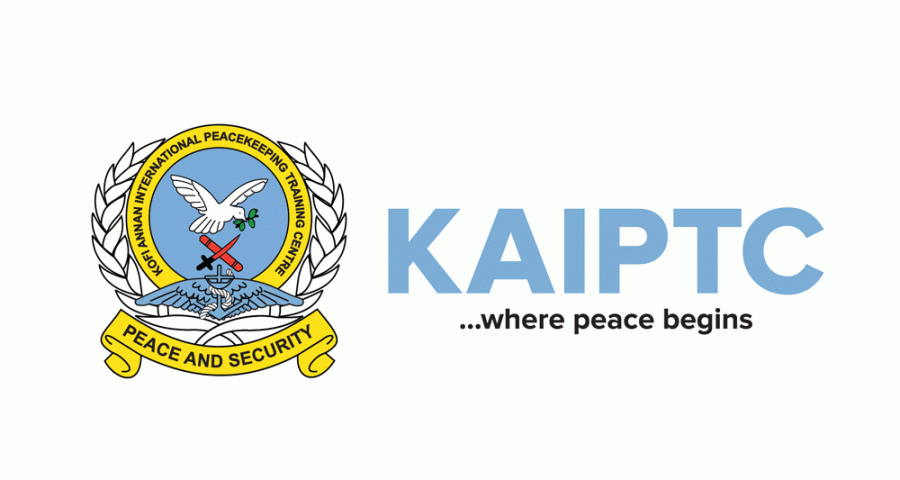Civil wars, civil peace : an introduction to conflict resolution / Kumar Rupesinghe with Sanam Naraghi Anderlini.
Material type: TextSeries: DePauw Prindle Institute collectionPublication details: London ; Sterling, Va. : Pluto Press, 1998.Description: xii, 179 p. : ill., 1 map ; 22 cmContent type:
TextSeries: DePauw Prindle Institute collectionPublication details: London ; Sterling, Va. : Pluto Press, 1998.Description: xii, 179 p. : ill., 1 map ; 22 cmContent type: - text
- unmediated
- volume
- 0745312373
- 9780745312378
- JZ6045 .R87
| Item type | Current library | Call number | Copy number | Status | Date due | Barcode | |
|---|---|---|---|---|---|---|---|
 Books
Books
|
KAIPTC General Stacks | JZ6045 .R87 (Browse shelf(Opens below)) | 1 | Available | 31307100095233 |
Includes bibliographical references (pages 167-168) and index.
1. Beyond the Cold War -- From world order to disorder -- The colonial legacy -- The resurgence of religion -- Poverty, expectations and structural adjustment -- The proliferation of weapons and the privatisation of security -- The humanitarian crisis and the cost of war -- A step into the past: The United Nations and the prevention of war -- Boutros Boutros-Ghali's Agenda for Peace -- The cost of failure -- The UN's renewed attempts -- 'We the people ... '
2. Characteristics of internal conflicts -- Introduction -- When does a conflict turn into a war? -- From social grievances to armed conflict -- Asymmetrical power relations -- A typology of conflict -- The changing nature of contemporary warfare -- The intractable nature of internal conflicts -- Conclusion.
3. From early warning to early action -- Introduction -- The continuum of conflict -- From civil peace to civil war -- Sounding the alarm -- devising a system for early warning -- Information gathering -- Information analysis -- Responding appropriately -- Reasons for failure -- lessons from early warning systems -- Generating early action -- Taking action -- A range of options -- Sceptics and critics -- Conclusion.
4. The diplomacy continuum -- Introduction -- Traditional diplomacy through the ages -- Collective security -- General Assemblies and princely leagues -- The birth of modern 'open' diplomacy -- The United Nations -- Constraints of the United Nations -- Pitched into a new era -- The UN's recent developments -- What alternatives exist? Non-state actors -- Basic observations on third party intervention -- Burden-sharing -- Multi-track diplomacy -- Third party NGO intervention -- the decision to engage -- Complementary initiatives through conflict phases -- Evaluations and effectiveness -- Conclusion.
5. Ending warfare, creating accountability -- Introduction -- Strategies for war termination -- Generating accountability -- Waging war: The less attractive alternative -- Conclusion.
This decade has seen an increasing incidence of conflict within states over identity, ethnicity and religion with civilians as the predominant victims. These internal wars are far more resistant to outside pressure or negotiated settlements and the UN system has been striving to develop effective mechanisms for dealing with these conflicts. This book examines the nature and characteristics of contemporary warfare and attempts to develop an approach to their prevention and resolution.
There are no comments on this title.
